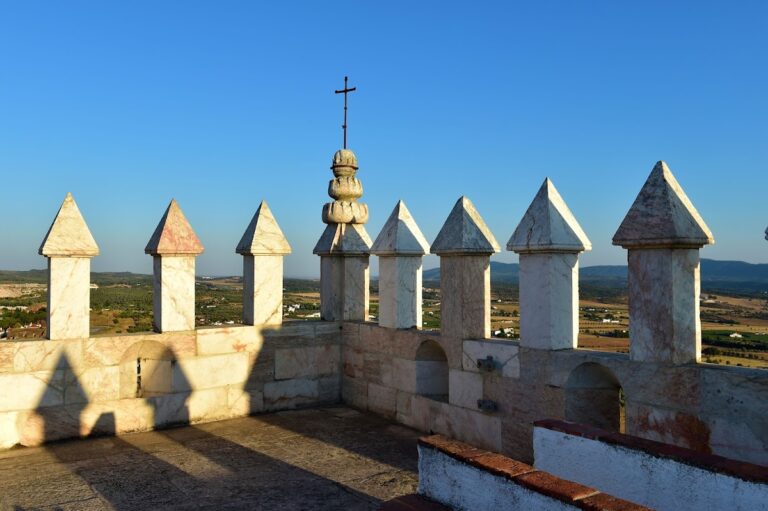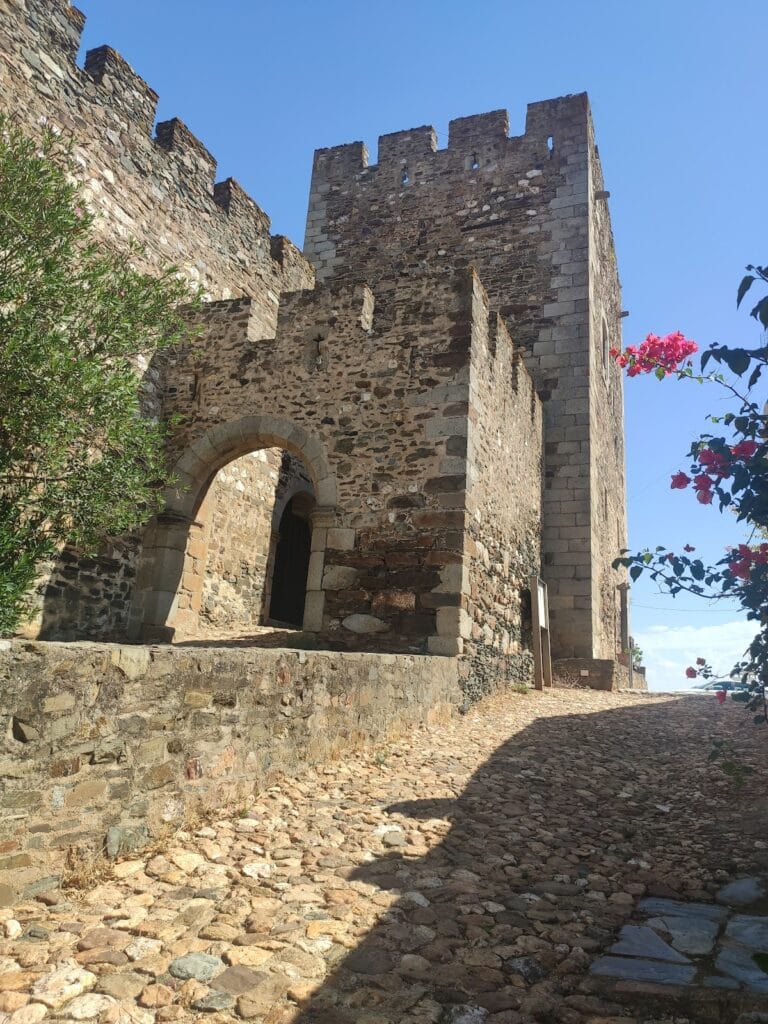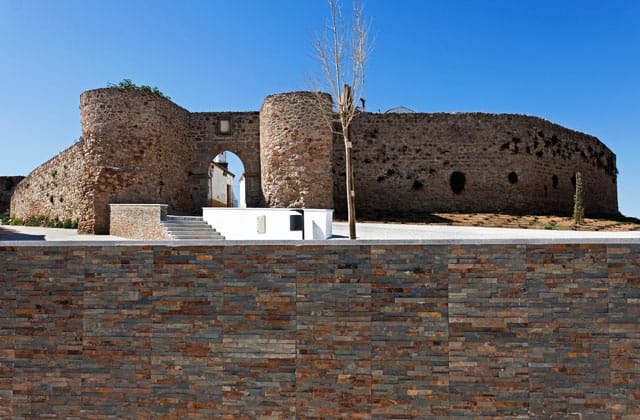Castle of Vila Viçosa: A Historic Fortress in Portugal
Visitor Information
Google Rating: 4.5
Popularity: Medium
Google Maps: View on Google Maps
Official Website: www.fcbraganca.pt
Country: Portugal
Civilization: Unclassified
Remains: Military
History
The Castle of Vila Viçosa is situated in the municipality of Vila Viçosa, Portugal. Its origins trace back to the medieval period, although evidence of human settlement in this location dates to the Roman era when a small fortification likely stood near the road linking Évora to Mérida, two important Iberian cities.
The formal beginning of the castle’s construction coincides with Vila Viçosa’s designation as a town through a charter granted by King Afonso III in 1270. The foundation and enhancement of the castle’s defenses continued throughout the reign of King Denis I in the late 13th and early 14th centuries, who expanded the fortifications to include city walls. Further military improvements took place under King Ferdinand I during the late 14th century, reflecting ongoing concerns about security.
Following the turbulent period of the 1383–1385 crisis in Portugal, the castle and its surrounding lands were awarded by King John I to the distinguished military leader Constable Nuno Álvares Pereira. Subsequently, the estate transferred to his grandson, Ferdinand I, who became the second Duke of Braganza, establishing Vila Viçosa as the center of the ducal family’s power by constructing a palace within the castle grounds.
A dramatic episode occurred when the third Duke of Braganza, Ferdinand II, was executed for treason, leading to the family’s forced exile in Castile and the castle’s abandonment. Upon the family’s return, Duke Jaime I sought to distance himself from these tragic associations by erecting a new Ducal Palace in 1501, separate from the original, and initiating renovations to the castle that included the addition of rounded bastions inspired by Italian military architecture and defensive moats.
In the mid-17th century, during the Portuguese Restoration War which marked Portugal’s struggle for independence from Spain, the castle was strengthened with the construction of a star-shaped, polygonal outer wall designed to resist artillery attacks. These fortifications allowed Vila Viçosa to withstand a Spanish assault in 1665. Recognizing its historical importance, the castle was declared a National Monument in 1910. Throughout the 20th century, the site underwent preservation work and was repurposed temporarily as a guesthouse. It is currently owned by the House of Braganza Foundation and serves as the home to museums dedicated to hunting and archaeology.
Remains
The Castle of Vila Viçosa is characterized by its roughly square layout, with walls approximately 60 meters long on each side. The medieval fortifications include substantial circular towers reinforcing the western and eastern corners, contributing to the strong defensive posture of the castle. On the northwest and northeast sides, the castle walls are integrated with the broader defensive enclosure surrounding the town, revealing how the fortress was part of a larger protective system.
Within the castle precincts stands the main church, originally the site of Vila Viçosa’s first parish. This structure is now dedicated as the Sanctuary of Our Lady of the Conception, honoring the town’s patron saint of Portugal, a status formalized in 1646. This religious building remains an important architectural and spiritual feature preserved inside the castle walls.
A distinctive element dating from the reign of King Ferdinand I is the keep, or donjon. Situated separately from the main castle, this stronghold is positioned opposite a city gate located centrally in the southwestern section of the town’s walls. It is linked to the castle by a footbridge, highlighting the strategic layout designed for defense and control of access.
The larger town defenses form an irregular pentagon encompassing about three hectares. The walls are pierced by several important gates named after nearby locations, including the Évora Gate, Estremoz Gate, and Olivença Gate. These openings facilitated controlled movement while maintaining security.
Significant changes introduced under Duke Jaime I included the incorporation of Italian-style rounded bastions and the addition of defensive moats, enhancing the castle’s resilience against evolving military technology. Further outer defenses constructed during the 17th century Restoration War consist of a star-shaped polygonal wall specifically designed for artillery defense, a modern approach for its time. These walls remain preserved and showcase the adaptation of medieval fortifications to gunpowder warfare.
Today, the castle’s walls and towers have been restored, ensuring their stability and historical presence. The church and sanctuary inside the castle are maintained as key cultural and religious sites, continuing to reflect the long history of Vila Viçosa and its role as a ducal stronghold.










